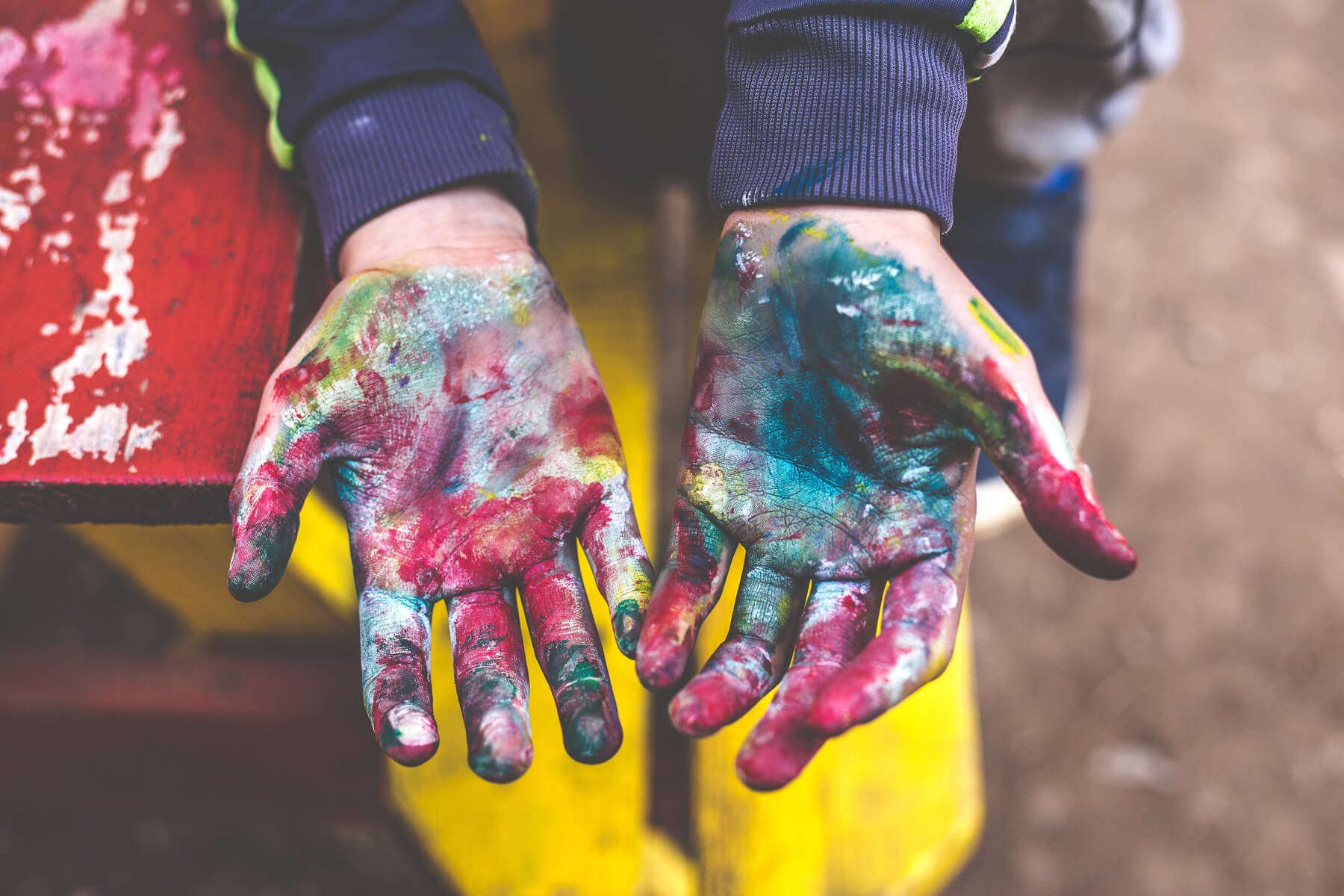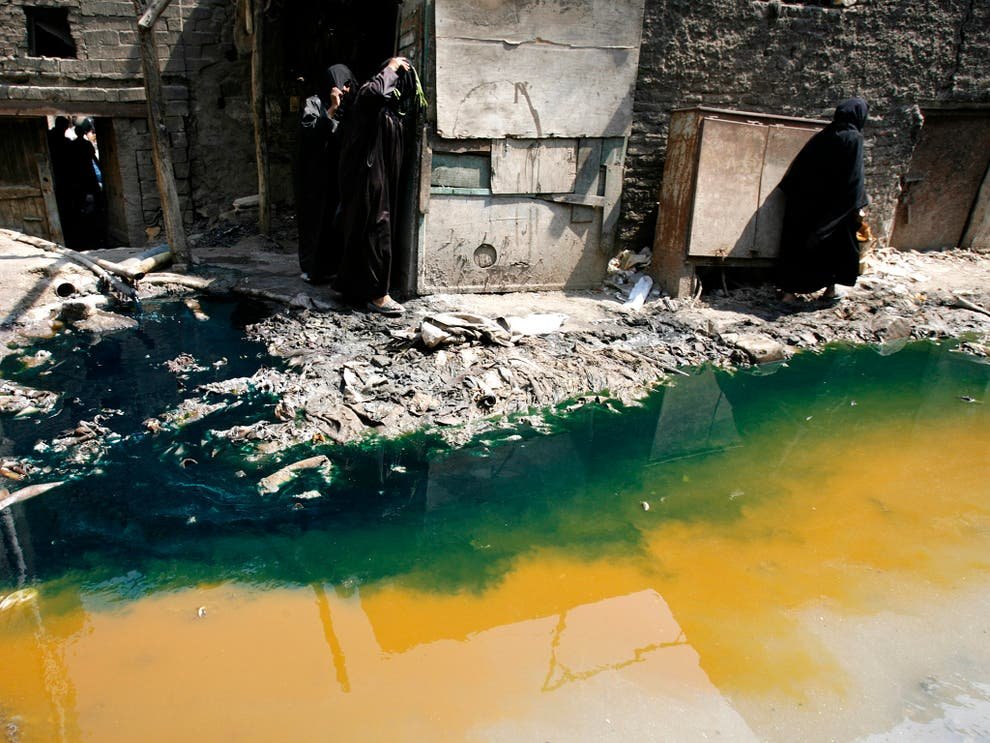A Chemical Romance
Photo: Peppermint magazine
Buying new clothes and updating your closet and style with new items is fun, isn’t it? Regardless if you go for second hand or new stuff, (although we prefer pre-loved), shopping is most likely a task many of us find exciting. But have you ever thought about the hazardous chemicals your new clothes might contain? As much as you love and feel for your newly bought glitter dress, faux leather pants or hand bag, it could be the start of a chemical romance, literally…
“You are what you wear”
Many people don’t have the knowledge that clothing contains a large amount of chemicals.
Chemical substances are used not only in the manufacture and dyeing processes of garments, but also as flame retardants and impregnations on prints and textile surfaces. These substances are often worn close to the skin - in the bathrobe or in your daughter's favorite sweater with a glittery Disney Frozen print. Several of the chemicals in clothing are harmful to both the environment and our health and can lead to allergic reactions, cancer, malformations or impaired fertility. We know this sounds insane, believe it or not, it’s the sad truth.
According to the Swedish Chemicals Agency, more than ten percent of the chemicals used in textiles are harmful to health. Young children are extra sensitive as they are still growing and developing. They also often bite and suck on clothes, which makes it easier for them to absorb dangerous substances.
Photo: Reuters
Your everyday chemicals
Did you know that to produce a pair of jeans requires about two kilos of chemicals. Compare that to a large bag of flour and the amount is breathtaking. Swedes consume more than 13 kilos of clothes and home textiles per person and year, imagine how much chemicals that get into our homes and wardrobes.
There are strict rules for how and which chemicals may be used in clothing. The EU has a special regulatory framework for chemicals called REACH, which aims to limit the presence of hazardous substances in products and goods. But still, of all the hazardous substances currently used in clothing and textiles, only about a third are regulated. This is an insanely poor protection of human health and the environment. As consumers, we shouldn’t have to worry about the new sweater being a chemical bomb. Legislation must be tightened so that we get rid of the dangerous substances in our daily lives. And as a matter of fact, things are changing to the better, not just as fast as we would’ve wished for.
How to break the chemical romance
We as consumers can influence the situation and actively choose the better alternatives for our health and the environment. In terms of resources, the most gentle option is to buy second hand. You’ve heard it before: Second hand first hand!. We find it very gratifying that the demand for pre-loved clothing is increasing.
If you still prefer to shop new, but want to avoid the chemicals, there are clothes made from eco-labeled textiles with fewer harmful substances like organic materials such as linen, sustainably farmed cotton and hemp that are coloured with natural dye, clothes made using innovative circular biomaterials and vegan leather alternatives. Keep your eyes open for certifications. If an item of clothing has been marked by GOTS and STANDARD 100 by OEKO-TEX®, it means textiles are tested for harmful substances. The Swedish Consumer Agency recommends consumers to wash new clothes before they are used for the first time, in that way some chemicals are rinsed off. In addition, use filtering tools to catch any harmful substances that could enter the water, like the Guppyfriend washing bag.
It’s always possible to ask for sustainable alternatives in the store. EU legislation gives you as a consumer the right to ask if a garment contains a particularly dangerous substance, and the store is obliged by law to answer your question within 45 days, don’t forget this, and if you're uncertain, ask!
Photo: EKOenergy




